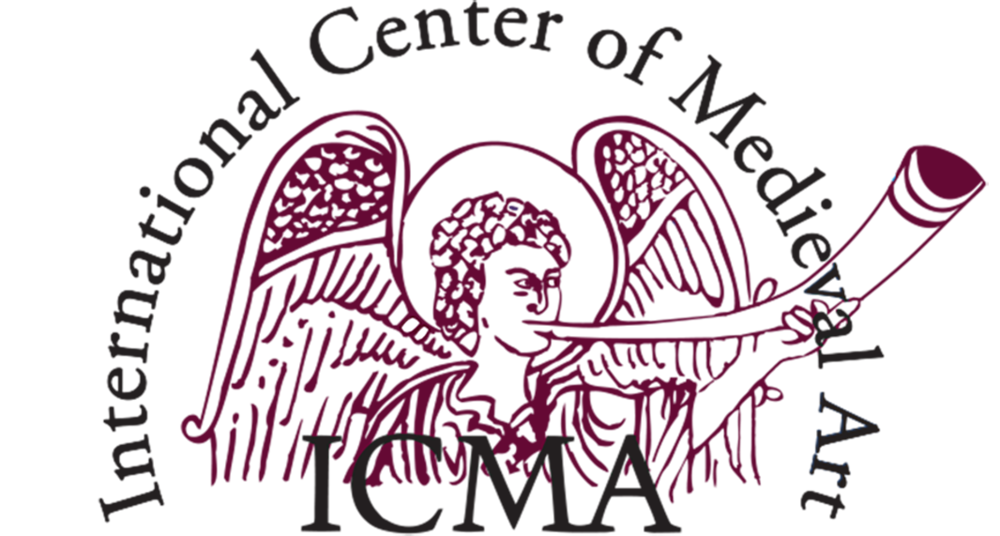Online Conference
Medievalisms on the Screen III: Digital Medievalisms and the Teaching of History
Organized by Department of Medieval Studies Central European University
April 13-15, 2023
An online conference exploring the characteristics, opportunities and challenges brought by the use of digital media, digital humanities, public discourse and medievalisms in the contemporary communication of historical knowledge both inside and outside the classroom.
You can pre-register for free at: https://forms.gle/EDfpchLt6BFnXvvC8
Schedule
April 13, 2023
3:00-4:30 ET/9:00-10:30 CET - Keynote Lecture
Prof. Katherine J. Lewis (University of Huddersfield). There is no fiction in our song: Medievalism and the (re)writing of medieval history
5:00-6:30 ET/11:00-12:30 CET - Teaching the Middle Ages: Curricula and Political Ideology
Olga Kalashnikova. History serves the motherland: Miseducating medievalisms in contemporary public discourse in Russia
Brian Egede-Pedersen. "Wait. . . some people actually believe this?!": Using extremist content in the Danish upper secondary sector
Anna Adashinskaya. Digital textbooks on Russian history after Russia's 2014 invasion of Ukraine
7:30-9:00 ET/13:30-15:00 CET - Medieval Gaming and Pedagogy
Daniel Atwood. Fantasy video games and medieval minstrels in the music history classroom
Robert Houghton. Investiture Contest Online: Digitising medieval learning boardgames
Juan Manuel Rubio Arevalo. Learning about medieval history and the crusades through video games
9:30-11:00 ET/15:30-17:00 CET - The Middle Ages in Popular and Digital Media: Politics and Representation
Jan Kremer. Playing religion and spirituality in Kingdom Come: Deliverance - Dialogue with Czech historical culture
Debojyoti Dan. Medieval political histories and their (un)conscious implications in A Song of Ice and Fire
Cullan Bendig. Hussite video games and Czech digital nationalism
April 14, 2023
3:00-4:30 ET/9:00-10:30 CET - Keynote Lecture
Dr. Helen Young (Deakin University). Learning about the Middle Ages: Videogames as Public History
5:00-6:30 ET/11:00-12:30 CET - Medieval Digital Preservation and Research
Shiv Kumar. Digitization and preservation of epigraphy and inscriptions through the archeological survey of India
Jon Burke. Learning to love fakes: How to overcome the inauthenticity of digital artifacts
Progoti Bakshi. Digitalization and preservation of medieval Bengali manuscripts
7:30-9:00 ET/13:30-15:00 CET - Divulgating the Middle Ages through Social Media
Igor Stamenovic. Information and disinformation about the Middle Ages on popular Serbian history social media pages
Jaime Tortosa Quirós. The Middle Ages and social divulgation in the internet era: The case of @Res_Historica
Paula Stiles. Fictional fascists: Combating racist images of the Knights Templar in visual and social media
9:30-10:20 ET/15:30-16:30 CET - Digital Tools and the Teaching of the Middle Ages
Petra Plantosar. The Middle Ages and artificial intelligence: Possibilities of use in the Teaching of History
Sára Bíbor Sziklai. From Gregorian chant to music printing - four parts of the permanent exhibition in the House of Music, Hungary
April 15, 2023
3:00-4:30 ET/9:00-10:30 CET - Teaching the Middle Ages: Strategies and Approaches
Zohrab Gevorgyan. The use of miniatures in Cilician Armenia in history teaching: Strategies and approaches
Shivender Rahul et.al. Diversity in the teaching of the Middle Ages: Exploring the complexity of gender and race
Heather Blatt. Inviting students to address their biases in Medievalisms Studies
5:00-6:30 ET/11:00-12:30 CET - Digital Reconstructions of Medieval Spaces CET
Mariana Barreira. The Timelink information system in medieval historical research: The case of São Bartolomeu of Coimbra
Lorenzo Mercuri. Representative strategies and misleading attempts for a digital reconstruction of the Knights Templar headquarters in Paris
James Baillie. The Uncreativity Engine: AI tools in popular medievalist worldbuilding
7:30-9:00 ET/13:30-15:00 CET - The Middle Ages in Popular and Digital Media: Approaches to Gender
Amy Bucher. "Radiant as the Tresses of Aurora": The pre-Raphaelite impact on popular depictions of medieval women's hair and gender
Irina Manea. The Northman - another berserk on screen?
Máté Vas. "This is how silly men perish": Imagined medieval masculinities in The Green Knight
For more information, https://medievalstudies.ceu.edu/medievalisms-screen-iii-digital-medievalisms-and-teaching-history
Follow the department at @yoursmedievally.
See our previous iterations on our Channel: Medievalisms on the Screen.




















